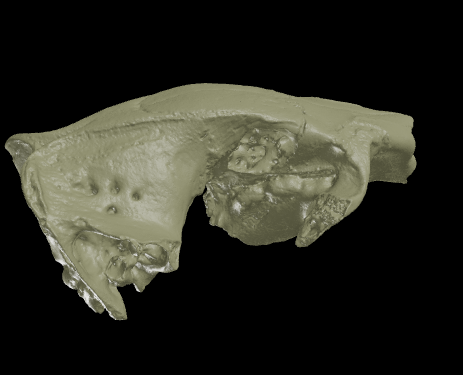Vombatus hacketti
Hackett’s wombat
Vombatus hacketti is an extinct wombat known from southwestern Australia. The species is known from the late Pleistocene aged Mammoth Cave faunal assemblage, but also from a sedimentary unit aged 21–7 thousand years, indicating that it persisted until at least 21 thousand years ago, and potentially into the Holocene. Fossils indicate that it was larger than its extant relative Vombatus ursinus, which is the only other known member of this genus.
The bones that can be viewed here are all from the holotype specimen from Mammoth Cave, Western Australia.
Specimen number: WAM 60.10.3
Significance of specimen: Holotype
Geological age: Pleistocene
State/territory: Western Australia
Locality/site: Mammoth Cave, Margaret River
